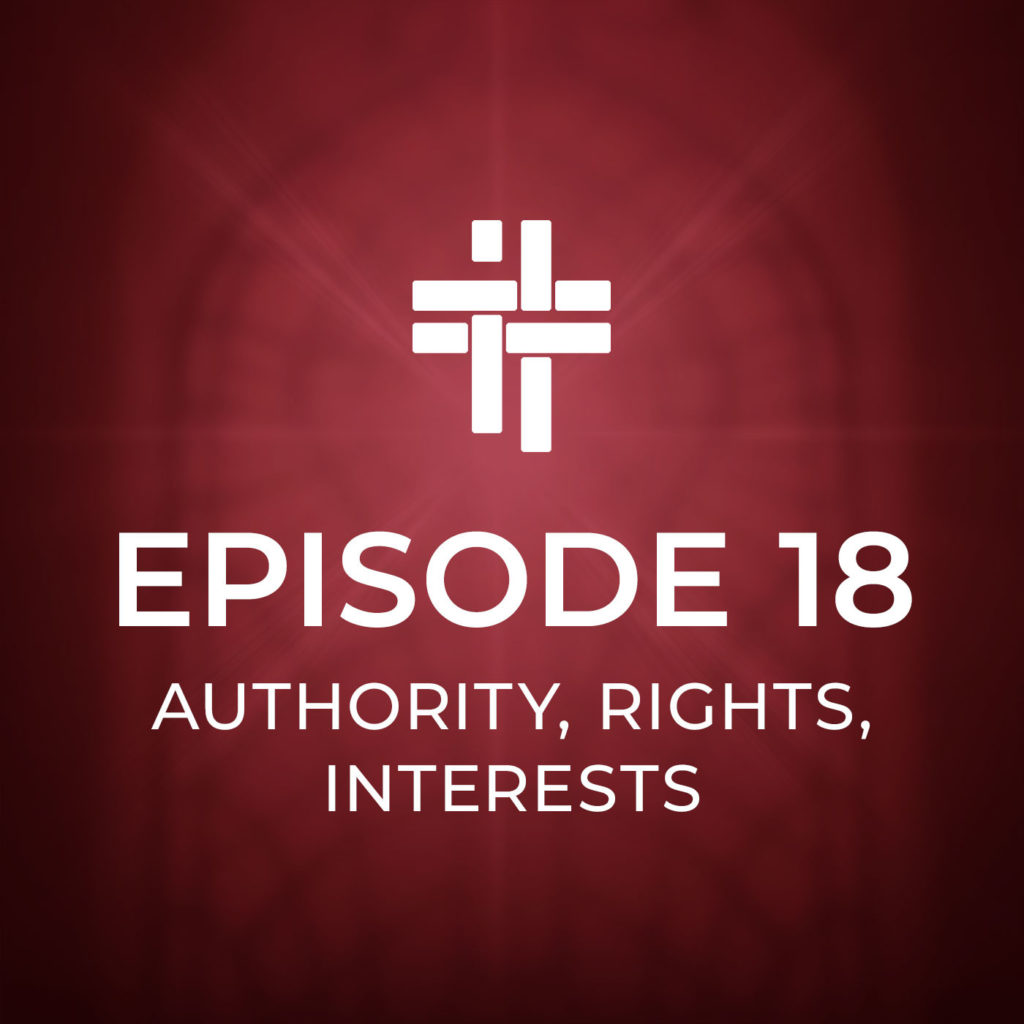People choose between three major approaches to resolving conflict — they exercise power or authority, invoke rights, or satisfy interests through collaboration. A person with authority may simply use their power to end the dispute. This is very efficient but may generate resentment. Or a person may turn to the law to establish their rights, impose their rights on another, or defend their rights. Or a person may explore interests, needs, and motivations in a search for a creative solution that satisfies all parties. Jesus provided a protocol, found in Matthew 18:15-17.
Podcast: Play in new window | Download (Duration: 7:18 — 10.0MB) | Embed
Subscribe to the podcast
Credits
“Angel Share” by Kevin MacLeod Licensed under Creative Commons: By Attribution 3.0 License


